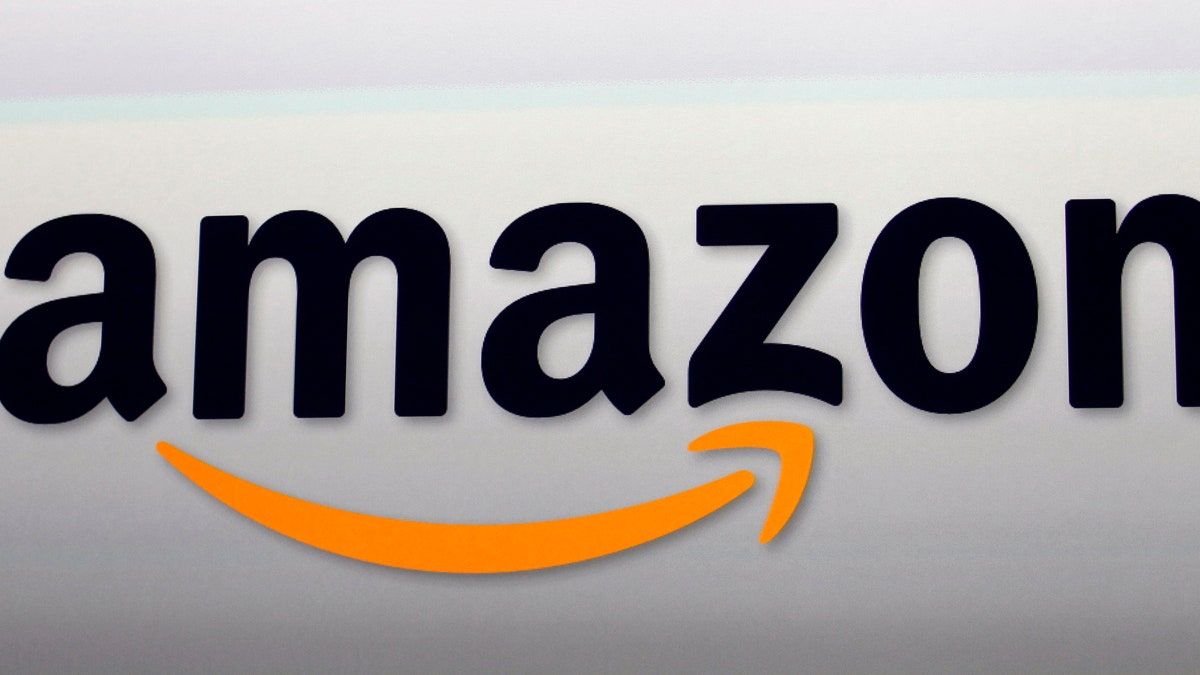
FILE - This Sept. 6, 2012, file photo, shows the Amazon logo in Santa Monica, Calif. Amazon will block Australians from buying from its international e-commerce websites and restrict them to a smaller local platform from July in response to new tax rules that consumer advocates fear will reduce the range of choice for customers in Australia, Amazon said in a statement on Friday June 1, 2018. (AP Photo/Reed Saxon, File) (Copyright 2016 The Associated Press)
Amazon's website ran into some snags quickly Monday on its much-hyped Prime Day, an embarrassment for the tech company on the shopping holiday it created.
Shoppers clicking on many Prime Day links got only an abashed-looking dog with the words, "Uh-oh. Something went wrong on our end." Many took to social media to complain that they couldn't order items.
It wasn't clear how widespread the outage was on one of Amazon's busiest days of the year, but the hiccups could surely mute sales and send shoppers elsewhere. A company spokesman didn't immediately respond to an email.
Amazon, which recently announced that Prime membership would be getting more expensive, was hoping to lure in shoppers by focusing on new products and having Whole Foods be part of the process.
While Amazon doesn't disclose sales figures for Prime Day, Deborah Weinswig, CEO of Coresight Research, had estimates it will generate $3.4 billion in sales worldwide, up from an estimated $2.4 billion last year. Prime Day also lasts six hours longer than last year.
Shoppers, meanwhile, have lots of sales to choose from as other retailers offer promotions to try to take a share of the spending. Chains like Macy's, Nordstrom, Best Buy, Walmart and Target to roll out their own promotions, said Charlie O'Shea, lead retail analyst at Moody's.
"Brick-and-mortar retailers know that they have little choice but to continue offering their own deep discounts, which is evident in the proliferation of 'Black Friday in July' deals that are being launched earlier each year, as well as various 'price match' offers," he said in a note Monday.
Amazon created Prime Day in 2015 to mark its 20th anniversary, and its success has inspired other e-commerce companies to invent shopping holidays. Online furniture seller Wayfair introduced Way Day in April, becoming its biggest revenue day ever.
Prime Day also usually helps boost the number of Prime memberships. Amazon disclosed for the first time this year that it had more than 100 million paid Prime members worldwide. It's hoping to keep Prime attractive for current and would-be subscribers after raising the U.S. annual membership fee by 20 percent to $119 and to $12.99 for the month-to-month option.
